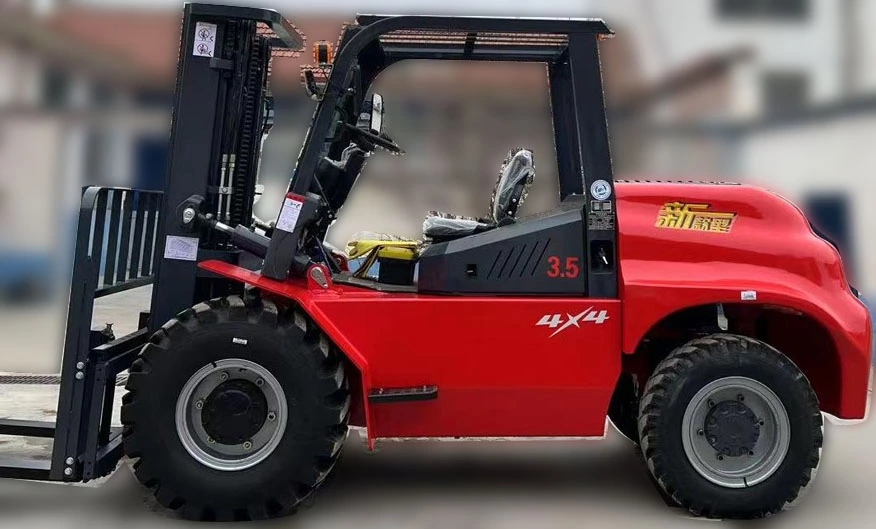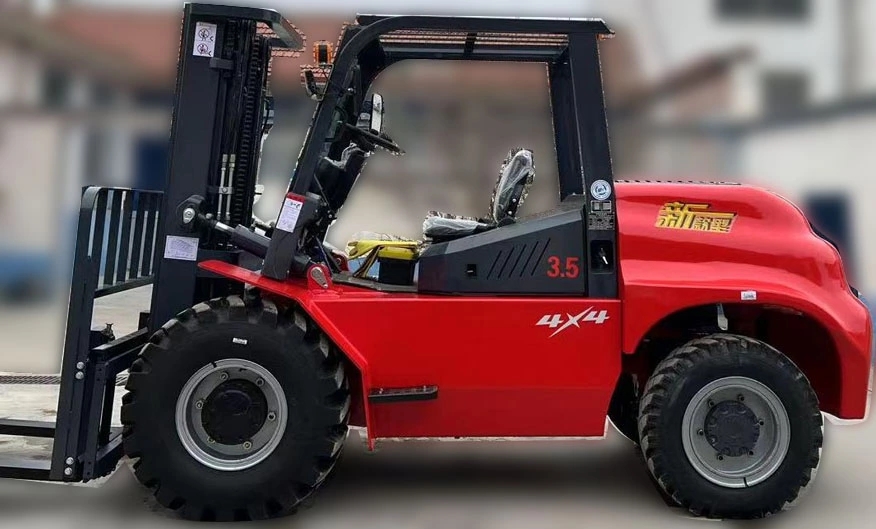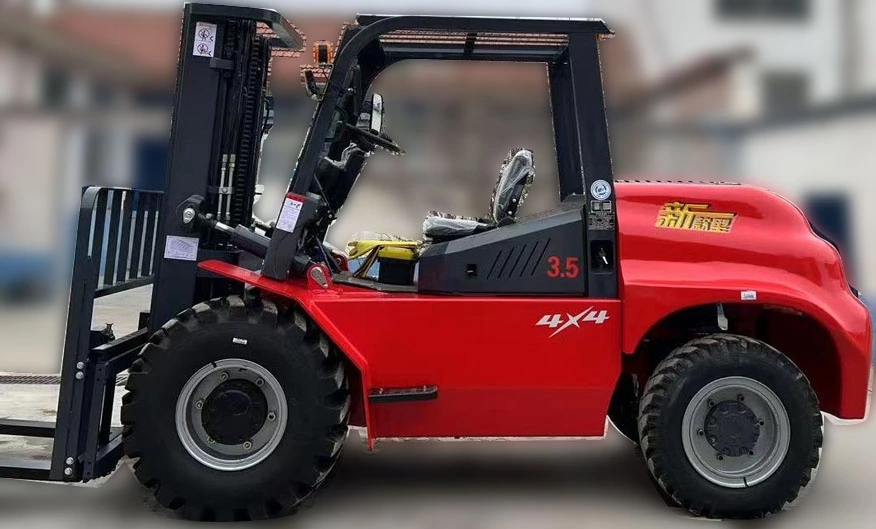5 Proven Strategies to Boost Website Loading Speed in 2024
2025-06-04 23:04:46
A slow-loading website can drive visitors away within seconds, impacting conversions and search engine rankings. Studies show that pages taking longer than 3 seconds to load experience a 38% bounce rate increase. To combat this, start by auditing your site using tools like Google PageSpeed Insights or GTmetrix. These tools identify bottlenecks such as render-blocking JavaScript or unoptimized media files.
Image optimization is one of the easiest wins for speed improvement. Convert images to modern formats like WebP or AVIF, which offer smaller file sizes without sacrificing quality. Use lazy loading to defer off-screen images and prioritize above-the-fold content. Tools like TinyPNG or Squoosh can compress images by up to 70% while maintaining visual clarity.
Minifying CSS, JavaScript, and HTML removes unnecessary characters (e.g., whitespace, comments) to reduce file sizes. Combine this with code bundling to decrease HTTP requests. For WordPress users, plugins like Autoptimize automate this process. Additionally, leverage browser caching to store static resources locally, reducing load times for returning visitors.
Server performance plays a pivotal role in website speed. Upgrade to a content delivery network (CDN) to distribute assets across global servers, ensuring faster delivery based on user location. Choose a hosting provider with SSD storage, HTTP/3 support, and scalable bandwidth. For dynamic sites, consider server-side caching solutions like Redis or Varnish.
Finally, monitor and iterate. Speed optimization isn’t a one-time task—regularly test new techniques and track metrics like Time to First Byte (TTFB) and Largest Contentful Paint (LCP). Implement incremental improvements and stay updated with emerging technologies like edge computing or modular JavaScript frameworks. By prioritizing speed, you’ll enhance user satisfaction and organic visibility.












